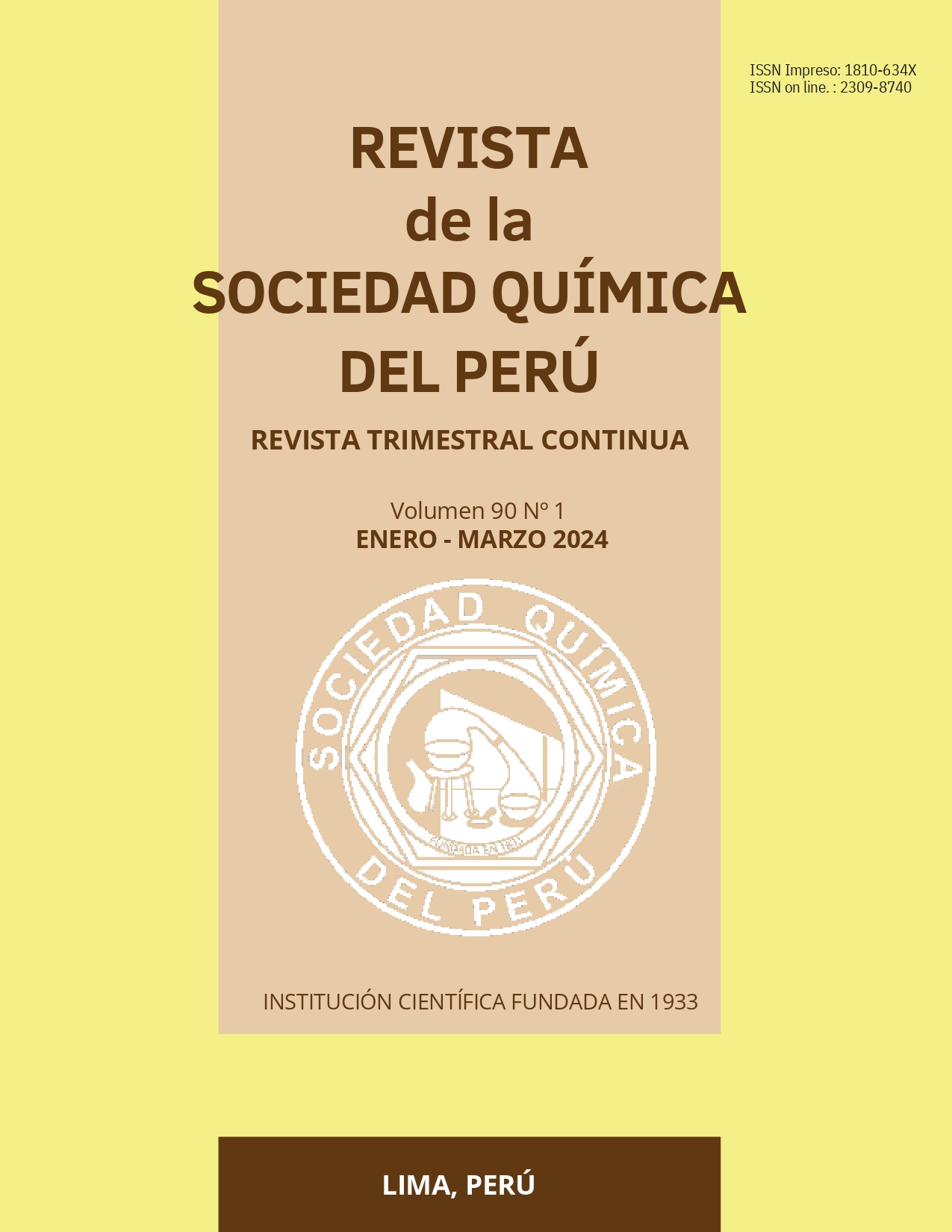APLICACIÓN DE UN ENSAYO ECOTOXICÓGICO QUE NO REQUIERE EL USO DE UN KIT Y SE BASA EN LA LUMINISCENCIA DE VIBRIO FISCHERI PARA EL ANÁLISIS D
Abstract
One of the most used ecotoxicity bioassays is based on the luminescence of Vibrio fischeri, for which commercial kits such as Microtox® and several others are available. However, this assay might not always be suitable for several reasons: Its protocol cannot be easily adapted for particular purposes, and it requires the continuous purchases of the kit and the availability of specialized equipment or at least, a luminometer. As a versatile alternative, this paper describes an optimized and kit-free protocol, referred to as “Macrotox”, which allows a wide range of treatment periods (for example, 1, 3, 7, 12, 24, 30 and 36 h) to follow the effects on the luminescence and proliferation of V. fischeri. While the optimized protocol involves 1-mL treatments, it could be easily adapted to use other volumes and times. Importantly, to evaluate the effects on luminescence, only a digital camera is needed to take photographs in the dark, which are then analyzed using the open access software ImageJ. To evaluate the effects on proliferation, cell densities are estimated via spectrophotometric measurements. In this work, both the Microtox® and Macrotox protocols were applied for the determination of the ecotoxicities of a commercial sunscreen and a moisturizer as a control. However, the described Macrotox protocol can be similarly applied for the ecotoxicity assay of any sample.
Downloads
Revista Arbitrada
Derechos reservados: Prohibido el uso total o parcial del material de esta revista sin indicar la fuente de origen.
Nota: Las referencias comerciales que aparecen en los trabajos no constituyen una recomendación de la
Sociedad Química del Perú










